How to Check Yourself for Lice: The Ultimate Guide
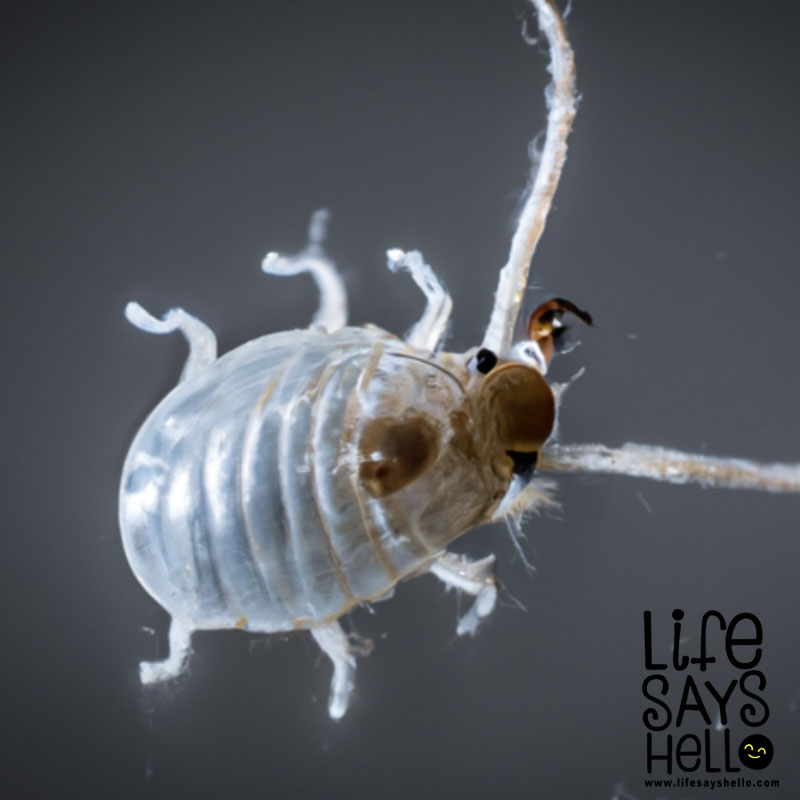
Nothing interrupts a peaceful life quite like an infestation of lice. They are tiny, wingless insects that can cause irritating itching and scalp infection. If you have ever had lice before, you know that it can be quite challenging to get rid of them. Therefore, it is best to catch these critters early.
In this comprehensive guide, we will show you how to check yourself for lice, so that you can detect them before they become a major problem.
Understanding Lice
Lice are parasitic insects that live on a person’s scalp, feed on their blood, and lay eggs in their hair. There are three types of lice: head lice, body lice, and pubic lice. Head lice are the most common and are most commonly found in children between the ages of 3 and 11. Although lice are not typically dangerous, they can cause secondary infections if scratched too much. Therefore, it is crucial to be able to identify and treat lice infestations before they become an issue.
Symptoms of Lice Infestation
The first step in checking yourself for lice is to know what symptoms to look for. The following are signs of a lice infestation:
- Itching on the scalp, neck, and ears
- Red bumps on the scalp and neck
- Small white eggs (called nits) attached to the hair shaft
- Live lice on the scalp or hair
It is essential to check for lice as soon as you notice any of these signs, as lice can spread rapidly from person to person.
How to Check Yourself for Lice
Checking yourself for lice is easier than you might think. All you need is a fine-toothed lice comb, a bright light, a magnifying glass, and a bowl of warm water. The following are the steps to check yourself for lice:
- Start by wetting your hair and combing it to get rid of tangles.
- Use a bright light and magnifying glass to inspect your scalp and hair for nits or lice. It is essential to check behind the ears and around the nape of the neck, as these areas are favorite hiding spots for lice.
- If you find any nits or lice, use the lice comb to remove them from your hair. Do this over a bowl of warm water to catch any falling lice or nits.
- After combing, wash your hair with a lice-killing shampoo.
How to Treat Lice Infestation
If you have confirmed that you have lice, it is essential to treat them immediately. Here are some tips on how to get rid of lice:
- Use a lice-killing shampoo: There are many lice-killing shampoos available in the market. You will have to follow the instructions on the bottle for effective treatment.
- Use a fine-tooth comb: While the lice-killing shampoo will kill the lice, it won’t remove all of the eggs. To get rid of the eggs, you will need to use a fine-tooth comb to comb out the nits.
- Wash bedding and clothing in hot water: Lice can survive up to two days off of a human host. Therefore, it is essential to wash all bedding, clothing, and personal items (such as hairbrushes and combs) in hot water.
- Vacuum: Vacuum all carpets, sofas, and chairs that might have come into contact with the person with lice, to ensure that you have removed as many lice and eggs from your home as possible.
How to Prevent Future Lice Infestations
Once you have gotten rid of lice, the last thing you want is for them to come back. Here are some tips on how to prevent future lice infestations:
- Avoid sharing personal items: Lice can easily spread by sharing personal items, such as combs and hats. Therefore, it is essential to avoid sharing these items.
- Keep long hair tied up: Lice are less likely to attach to hair that is tied up.
- Regularly check your family members: It is easy for lice to spread from person to person, especially in families with close contact. Therefore, it is important to regularly check your family members for lice.
Conclusion
Checking yourself for lice is a simple process that can help you identify and treat an infestation before it becomes a major problem. By regularly checking yourself and your family members for lice and taking precautions to prevent future infestations, you can ensure that you are always lice-free and enjoy a peaceful life.
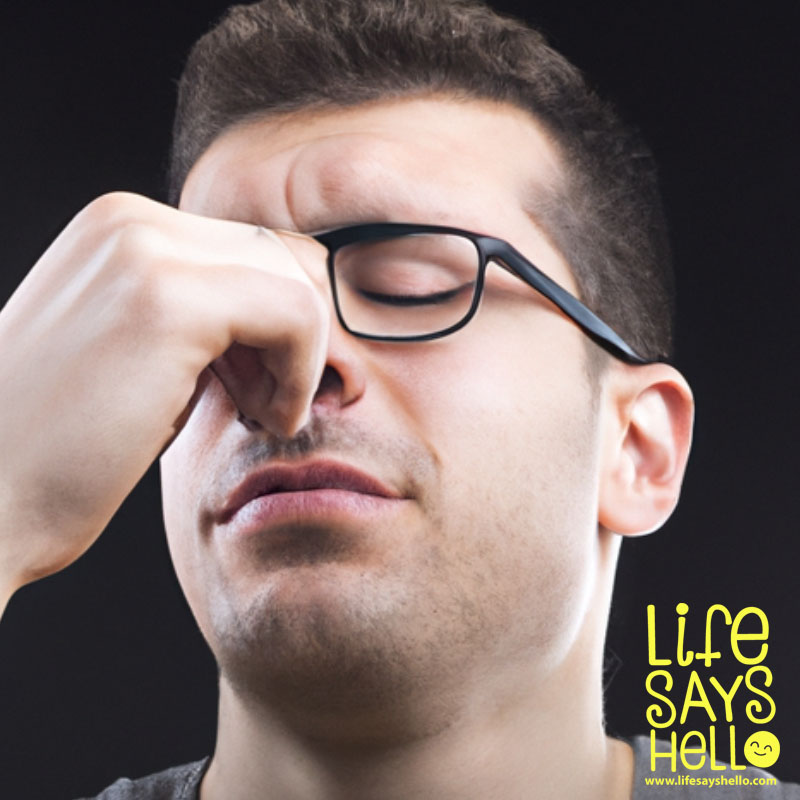
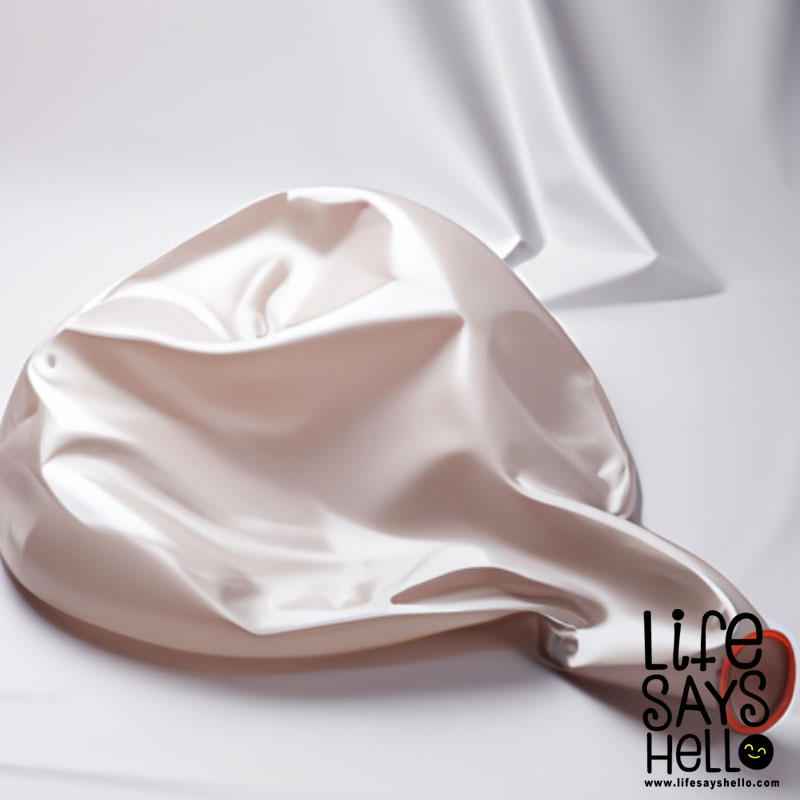
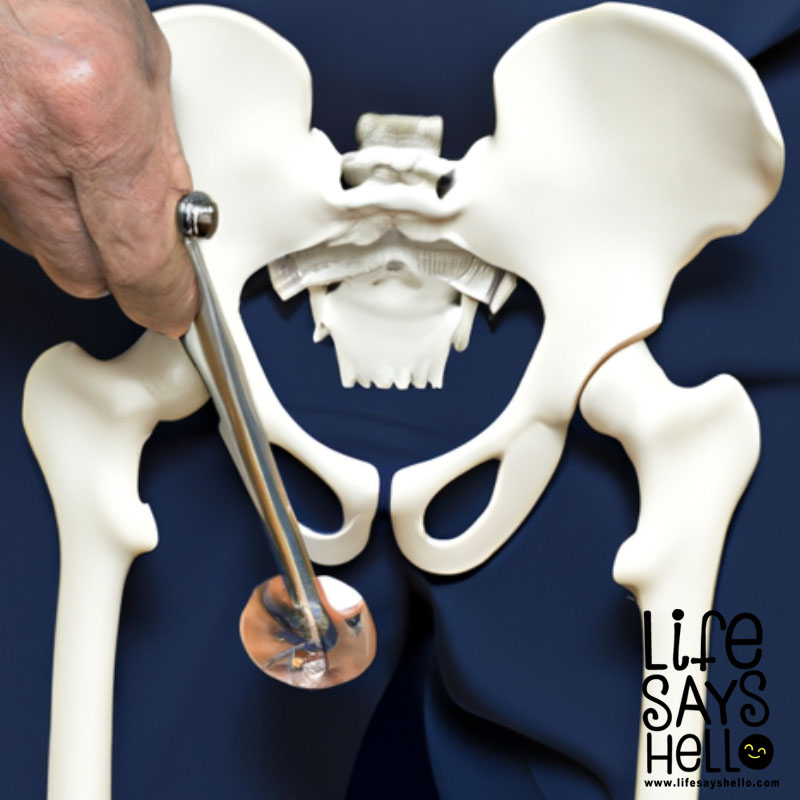
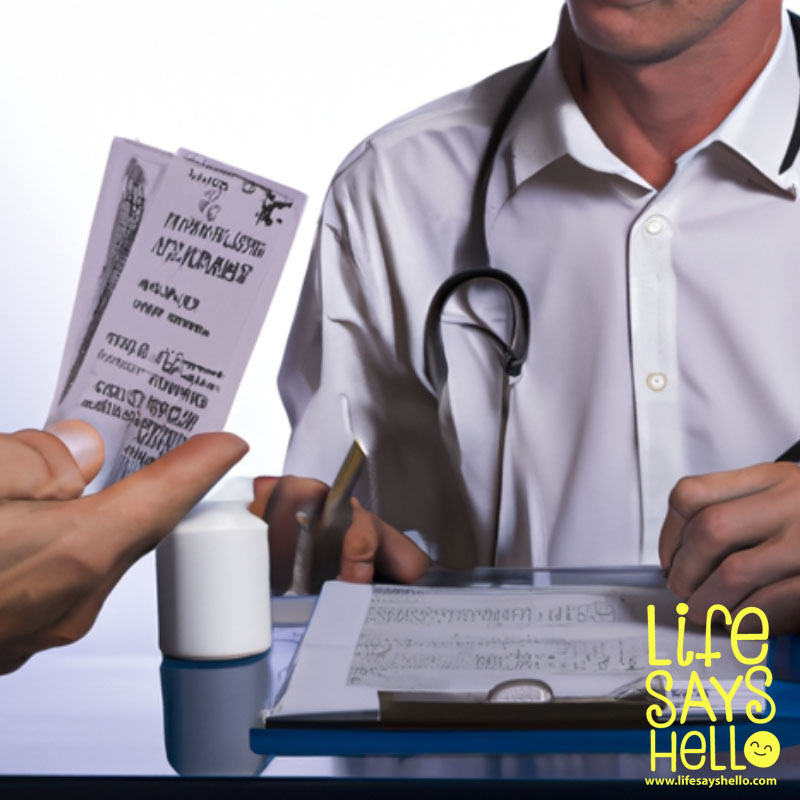
Comments